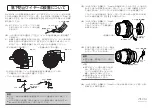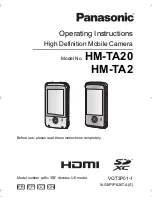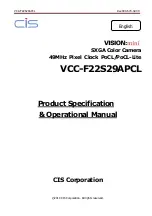
V1.02
Thom Hogan’s Complete Guide to the Nikon D300
Page 169
I know I may need to play heavily with the deepest shadow
areas in post processing, in which case I pick 14-bit.
The major problem with shooting 14-bit NEF is that
continuous shooting speed (see “Shooting Method (and Frame
Rate)” on page <423>) drops from 6 (or 8 with the right
batteries in the MB-D10 grip) frames per second to 2.5 frames
per second. Moreover, there’s a slight—and for some,
problematic—change to the shutter lag when shooting 14-bit:
the delay is increased by 40ms.
When the D300’s specifications were first announced, many
doubted the drop in frame rate performance. Why would just
adding two bits of data slow the camera by as much as two-
thirds?
As I explained in the section on the D300 sensor, the change
in speed has to do with counting by four (faster, and what 12-
bit does) instead of counting by one (slower, and what 14-bit
does). But that doesn’t explain one other performance loss: a
slight increase in shutter lag (only for the first shot in bursts).
My recommendation with bit-depth is to shoot 14-bit if
continuous shooting speed and shutter response isn’t a
concern and you think you may need to post process shadow
detail considerably, but do not be afraid to drop down to 12-
bit if shooting speed, shutter lag, or storage space become a
consideration.
Compression is easy: use
Lossless compression
. If you get
into a situation where you’re running critically low on storage
space, choose
Compressed NEF
until you can get some
more storage. I see little point in shooting
Uncompressed
NEF
. Any converter that understands the D300’s NEF formats,
understands the compressed formats as well as the
uncompressed.
Here’s what I set on my D300 and why:















































